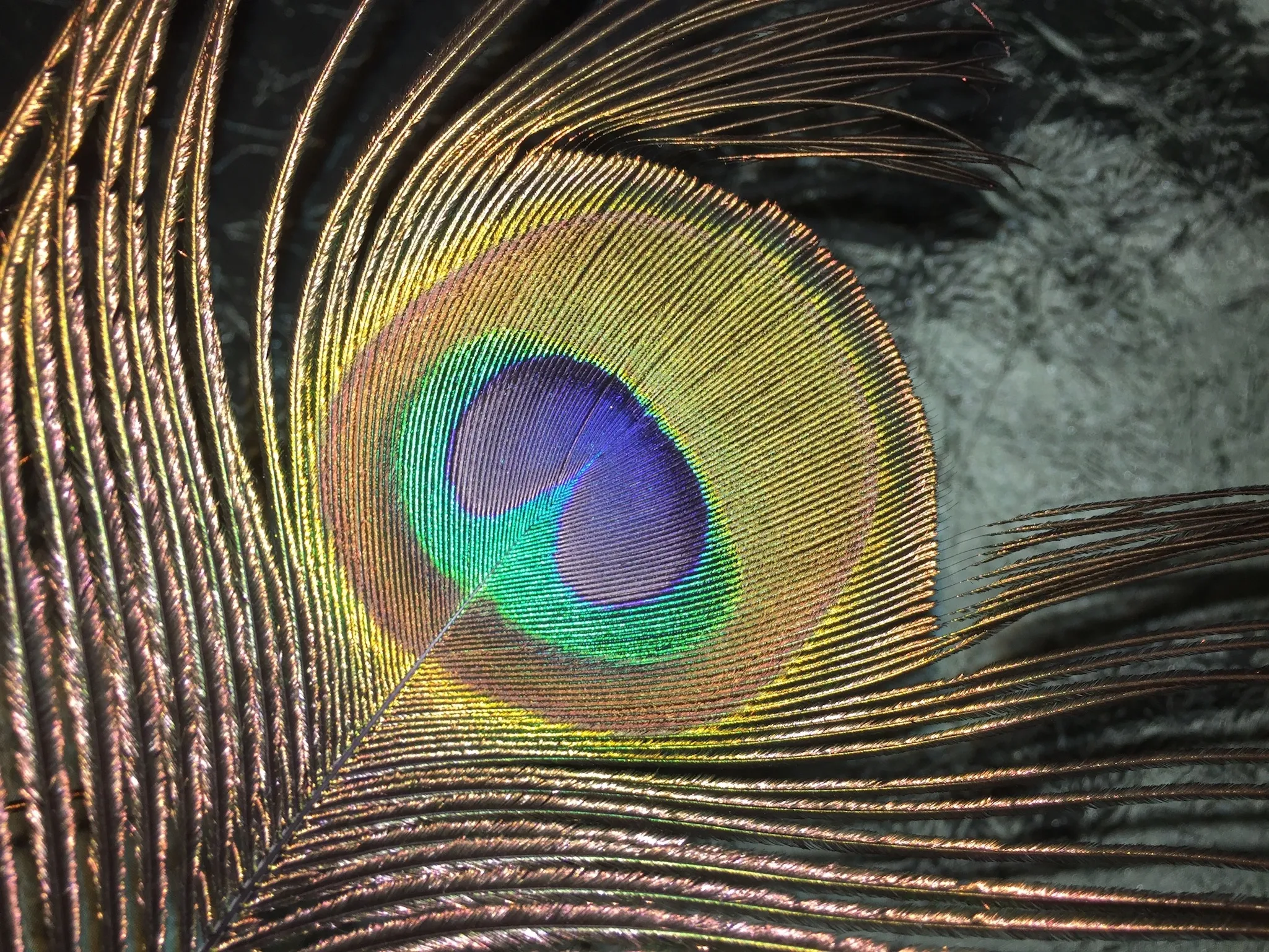Introduction to the Healing Art of Acupuncture, a Modality of Traditional Chinese Medicine Complementary Integrative Uses
When considering integrative medicine or “alternative” medical treatments such as Eastern or Traditional Chinese Medicine (TCM) you’re sure to come across acupuncture in your research.
You may be wondering…What is acupuncture? Where does it come from? What does it feel like? Why do people do it? What does it treat? Does it work? Is it safe?
In this blog, I hope to answer all your most basic questions and encourage you to learn more about how acupuncture can benefit you. So, I’ll jump right in. Acupuncture is a technique of inserting thin needles into a specific point on the body to stimulate nerves and balance the flow of energy or Qi (“chee”). Today in the United States, Acupuncture is most commonly used to treat pain but has been utilized in Traditional Chinese Medicine for various conditions and ailments for over 3,000 years. Acupuncture is a relatively pain-free experience as the needles are thin and with proper technique there is little to no sensation of pricks or pokes associated with typical shots and other needles used in medicine.
Acupuncture in the United States
Acupuncture has grown in popularity in the United States since the 1970’a as it’s slowly studied and has shown to be effective, today it is widely used throughout the world and has become accepted as a complementary and alternative medicine (CAM). In the United States, only a Licensed Acupuncturist certified by the Board of Medical Practice in MN and the Acupuncture Board in AZ is permitted to administer acupuncture as a treatment method.
Acupuncture Therapy & Treatment
According to the National Center for Complementary and Integrative Health (NCCIH), acupuncture has been shown to be effective in treating some types of chronic pain, such as low back pain, neck pain, and osteoarthritis/knee pain. It may also be helpful in treating migraine headaches and postoperative dental pain.
Ongoing research from the National Institutes of Health (NIH) Studies indicates that acupuncture be an effective treatment on its own or in combination with conventional therapies for a wide range of health issues including digestive, emotional, eye-ear-throat, gynecological, musculoskeletal, neurological, respiratory conditions and more! If you are curious about how acupuncture can help you contact me for a personal consultation.
Fifteen articles highlighting acupuncture have been published in Global Advances in Health and Medicine. Among these articles are discussions on the effectiveness of acupuncture in treating migraines, aiding veterans in overcoming PTSD, reducing the symptoms of multiple sclerosis and cerebral palsy, and alleviating pain, nausea, and anxiety in pediatric oncology patients.
Acupuncture Safety & Risks
It’s important to note that acupuncture is generally considered safe when performed by a qualified and licensed practitioner. The needles used are sterile, and the risk of serious side effects is low. However, as with any medical treatment, there are some risks, including infection, punctured organs, and rare cases of nerve damage. These risks are mitigated by strict regulation and proper use by licensed practitioners. To become a certified acupuncturist licensed by the Board of Medical Practice, I completed a master’s level training and associated degree. I am licensed by the MN Board of Medical Practice & the Acupuncture Board of AZ having passed 3 rigorous board exams including a biomedicine exam. I’ve completed over 3,000 hours of classroom and clinical hands-on training and experience. As well, I maintain certifications in Clean Needle Technique by CCAOM and am a certified Diplomate by the NCCAOM.
Conclusion
Acupuncture, a modality of Traditional Chinese Medicine, is an effective and complementary treatment option for a range of health issues. From chronic pain to emotional and neurological conditions, acupuncture has been shown to have positive results both on its own and in combination with conventional therapies. As the popularity of acupuncture grows, it’s essential to seek treatment from a qualified and licensed practitioner to ensure safety and mitigate potential risks. With proper regulation and training, acupuncture can provide a relatively pain-free and safe experience for patients. I encourage you to learn more about acupuncture and explore how it may benefit you personally.
References:
National Center for Complementary and Integrative Health. (2021). Acupuncture: What You Need To Know. Retrieved from https://www.nccih.nih.gov/health/acupuncture-what-you-need-to-know
Mayo Clinic. (2021). Acupuncture. Retrieved from https://www.mayoclinic.org/tests-procedures/acupuncture/about/pac-20392763
American College of Acupuncture and Oriental Medicine. (2017). The History of Acupuncture in Early America. Retrieved from https://www.amcollege.edu/blog/history-acupuncture-early-america#:~:text=Acupuncture%20was%20first%20introduced%20in,his%20clinical%20experiences%20with%20acupuncture.
MacPherson, H., Vertosick, E. A., Foster, N. E., Lewith, G., Linde, K., Sherman, K. J., … & Witt, C. M. (2014). The persistence of the effects of acupuncture after a course of treatment: a meta-analysis of patients with chronic pain. Pain, 155(5), 809-816. doi: 10.1016/j.pain.2013.12.011
Note: The last reference is the citation for the article “The persistence of the effects of acupuncture after a course of treatment: a meta-analysis of patients with chronic pain” published in the journal Pain.

